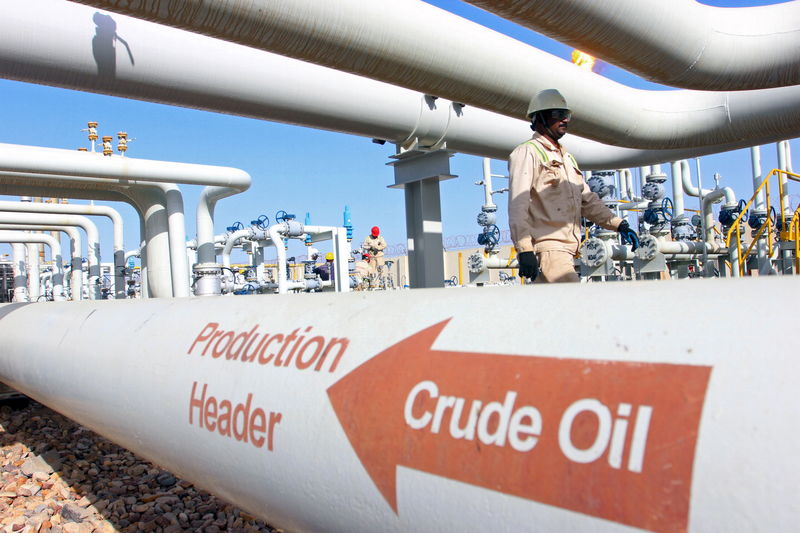By Gina Lee
Investing.com – Oil was up on Tuesday morning in Asia, as a worsening short-term demand outlook is weighed against the eventual demand rebound as COVID-19 vaccines continue to be rolled out.
Brent oil futures gained 0.61% to $51.26 by 8:58 PM ET (1:58 AM GMT), remaining above the $50 mark. WTI futures gained 0.71% to $47.96.
A surge in COVID-19 cases prompted Southern (NYSE:SO) California to extend its lockdown, and German authorities are concerned that the economic damage due to the virus could be prolonged by the slow pace of the nation’s vaccine rollout.
Asian shares were mostly higher on Tuesday, buoyed by the latest stimulus measures becoming law earlier in the week. A weaker dollar also gave the black liquid, as well as other commodities priced in the currency, a boost.
Oil's rally, driven by the recent rollout of vaccines, has been threatened in the last couple of weeks as fears grow that prices have run on ahead of the actual recovery in fuel demand.
The Organization of the Petroleum Exporting Countries and allies, known as OPEC+, will ease production cuts currently in place by 500,000 barrels per day in January. Russian deputy prime minister Alexander Novak also said during the previous week that his country would still support an increase in production from Feb 1 "if the situation is normal, stable."
“Renewed concern over the virus will limit the upside for oil in the near term” and noise around Russia supposedly favoring adding more output in February won’t help either, ING Groep (AS:INGA) NV head of commodities strategy Warren Patterson told Bloomberg.
COVID-19 developments will continue to drive price moves, he added.
OPEC+’s Joint Technical Committee and the Joint Ministerial Monitoring Committee will meet on Jan. 3 and 4 respectively. The 13th OPEC and non-OPEC Ministerial Meeting is scheduled for Jan. 4.
The cartel will decide on production levels for February during the meetings, with investors looking out for any change of sentiment among its members. Iran’s plans to increase oil production over the longer term threatens OPEC plans to gradually increase supply without causing an oversupply in the market.
Investors now await crude oil supply data from the American Petroleum Institute, due later in the day.
